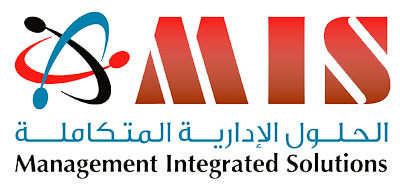Program Duration: 3 Days
Program objectives:
By the end of the program, participants will be able to:
• Understand the critical role of customer satisfaction surveys in improving the quality of services, products and processes.
• Collect and classify and analyze gathered data.
• Listen to the voice of customer.
• Interpret and suggest optional solutions for continuous improvement.
• Adopt the most appropriate decision.
Program Outcomes:
• Identify and deal with customer needs and requirements.
• Design accurate and reliable questionnaires that reflect customer attitudes.
• Utilize adequate surveys approach and techniques.
• Utilize statistical tools and analysis in analyzing and interpreting information.
• Make the right recommendation and plans for improvement.
• Provide accurate feedback to the customers.
Program Contents:
Conceptual and Intellectual Aspects of Surveys
• Concept and importance of customer satisfaction surveys.
• The distinctive link between surveys, organizational performance and strategic directives.
Types of Surveys
• Electronic Surveys.
• Web – Based Surveys.
• Text – Based Email.
• Hand – Held Responder.
Manual Surveys
• Paper – based survey.
• Customer satisfaction surveys.
• Employee satisfaction surveys.
• Surveys on specific service or employees related issues.
Survey Design
• Survey objectives.
• Survey components.
• Types of questions.
• Rating scales.
Survey Sampling and Data Collection
• Survey sampling.
• Data collection approach.
• Classification and segmentation of data.
• Interpretation and presentation of data.
Decision Making and Continuous Improvement
• Using survey outcomes in making decisions.
• Communicating survey results and continuous improvement initiatives to customers.
Program Design and Target Participants:
This program is designed for managers, team leaders, supervisors and staff in customer services, HR, marketing, quality and excellence departments.
Program Delivery Methods:
• Workshops.
• Individual and group exercises.
• Case studies.
